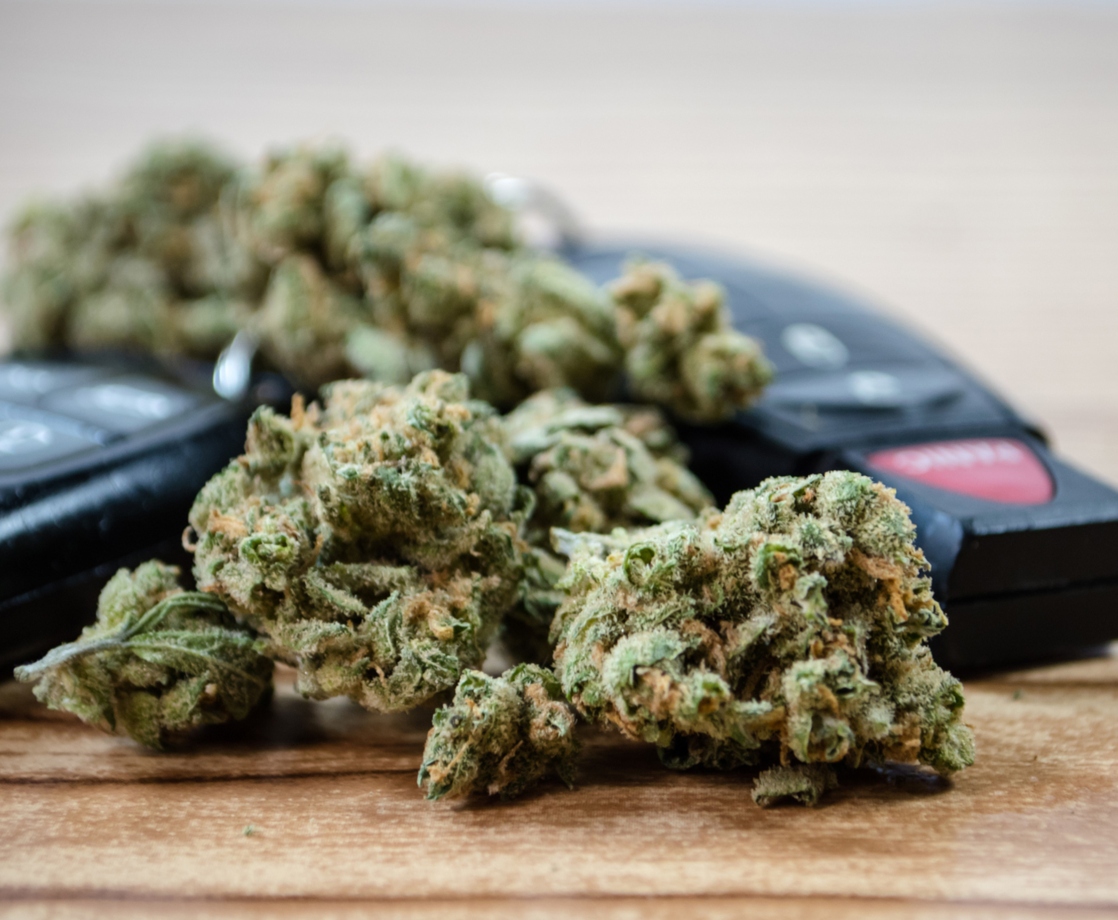An intriguing new study found that alcohol-related traffic accidents declined in Idaho after adult-use cannabis became available in neighboring Washington state. Previous studies have found a link between access to legal weed and decreased alcohol sales or use, but this is the first study to suggest that one state’s cannabis laws could influence alcohol use in a neighboring state.
Benjamin Hansen, an economist with the University of Oregon, decided to test the hypothesis that increased access to cannabis would reduce rates of alcohol use. “The recent legalization of marijuana by several states provides new opportunities to study the relationship between marijuana and alcohol and the public health effects of legalization in neighboring states,” Hansen wrote in a summary of his experiment. “This research examines the effects of Washington’s legalization of marijuana on alcohol consumption in neighboring Idaho.”
For the first part of the study, Hansen looked at Google search data from Idaho to see if Gem State residents had any interest in Washington’s legal weed. The economist tracked how many times Idahoans googled “dispensaries” between 2007 and 2017, and found that these searches increased “dramatically” after adult-use weed became available in Washington in 2014. “This suggests that interest in marijuana — specifically, marijuana available in Washington and Oregon — increased significantly as stores opened nearby and that the trend break is not due to random chance,” Hansen wrote, according to Marijuana Moment.
Hansen also examined data on alcohol-related traffic accidents between 2010 and 2017, gleaned from the Idaho Department of Transportation. Overall, the number of drunk driving accidents in Idaho decreased by 18 percent after Washington’s adult-use stores opened for business. “It appears that the count of accidents involving alcohol falls in the period following marijuana legalization but that these effects vary with distance,” the researcher explained.
“I find evidence of a distance gradient whereby alcohol-related traffic accidents decreased close to the border, but these decreases fade for counties further from nearby legal marijuana regimes,” the author wrote. “The interactions with distance suggest that the effect of legal access on alcohol-related crashes diminishes by roughly 3 percent for each hour of distance from a retailer.”
In Idaho counties that touch Washington, alcohol-related accidents declined by 21 percent after 2014. In counties that are around one hour’s drive from Washington, accidents decreased by 18 percent, and in counties three hours away, accidents decreased by 10 percent. For parts of Idaho that are six or more hours away from Washington, accidents did not decrease at all.
The research supports previous findings suggesting that alcohol users will willingly substitute bud for booze if given the chance, decreasing the risk of alcohol-related public safety issues. “As marijuana becomes easier for consumers to access, individuals drink less, as seen in fewer alcohol-related car crashes in Idaho,” Hansen concluded. “Policymakers should consider that there are trade-offs involved in setting drug and alcohol policies that influence public safety and the prevalence of dangerous driving.”











